In this article, we dive into the world of Tarashi yaki (たらし焼), a delightful and unassuming Japanese dish that showcases simplicity and flavor at its finest. We explore what sets this griddle cake apart, trace its fascinating history, and wrap up recommendations for other comforting Japanese foods with a similar appeal. Get ready to discover the quiet charm of this traditional favorite.
What is Tarashi yaki?

Tarashi yaki (たらし焼) refers to a type of Japanese pancake or savory griddle cake—much thinner and simpler than what you might expect from a typical pancake. The name “tarashi” comes from the Japanese verb tarasu, which means “to drip” or “to pour,” capturing the way cooks drizzle the thin batter onto a hot cooking surface, whether it’s a traditional teppan (iron griddle) or a home frying pan.
Unlike the more elaborate okonomiyaki, Tarashi yaki uses a very basic batter made from just flour and water, occasionally enriched with dashi (Japanese soup stock) for added flavor. Its simplicity allows for easy customization—cooks often stir in ingredients like chopped green onions, cabbage slivers, or whatever vegetables or proteins they have on hand. Some regional versions even add a bit of sugar for a subtly sweet twist. This flexibility makes Tarashi yaki suitable for any time of day. It demonstrates how everyday ingredients can come together to form a comforting, satisfying dish. Many Japanese households embrace it as a quick, go-to meal that never fails to please.
Tarashi yaki History

Tarashi yaki’s history tells a story of practicality and resourcefulness rather than fame or high culinary innovation. Communities across Japan created this dish out of necessity, using flour-based batters to stretch ingredients and make filling meals. In rural areas or during tough economic times, families relied on flour, water, and leftover scraps of vegetables or meat to create nourishing food on a griddle or open fire.
Cooks developed Tarashi yaki alongside similar dishes like okonomiyaki and monjayaki. While those cousins evolved into regionally specialized foods with complex toppings and sauces, Tarashi yaki stayed true to its simple roots. Its continued presence in places like Saitama and Ibaraki reflects a deep connection to everyday cooking and local traditions. This dish endures not because of spectacle but because it delivers comfort, flexibility, and a taste of history—all through straightforward preparation and humble ingredients.
Final Thoughts
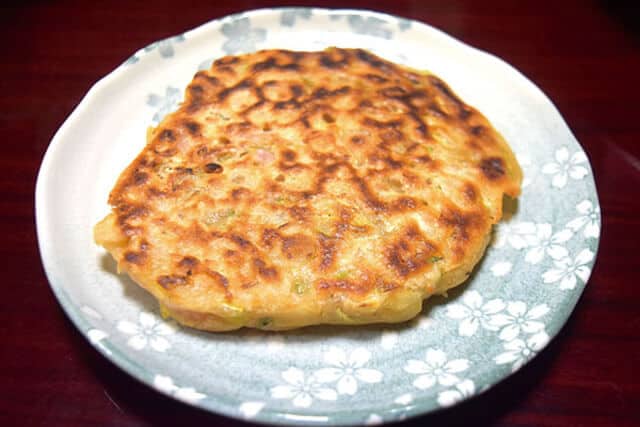
Tarashi yaki embodies the elegance of simplicity in Japanese cuisine. Its straightforward preparation and adaptability let anyone enjoy a warm, satisfying meal without complication. Thus, far from being just a dish, it represents a cultural tradition built on making the most of what’s available and creating comfort from the basics.
If you find yourself drawn to Tarashi yaki’s inviting nature, you might also enjoy other Japanese griddle-cooked favorites. Try Okonomiyaki for a heartier, more customizable savory pancake; Monjayaki for a runnier, interactive experience; Negiyaki for a lighter version packed with green onions; Ikayaki for a squid-forward treat; or Imagawayaki, a sweet griddle cake filled with red bean paste or custard. Each of these dishes offers its own unique, comforting glimpse into Japan’s rich and diverse griddle food culture.
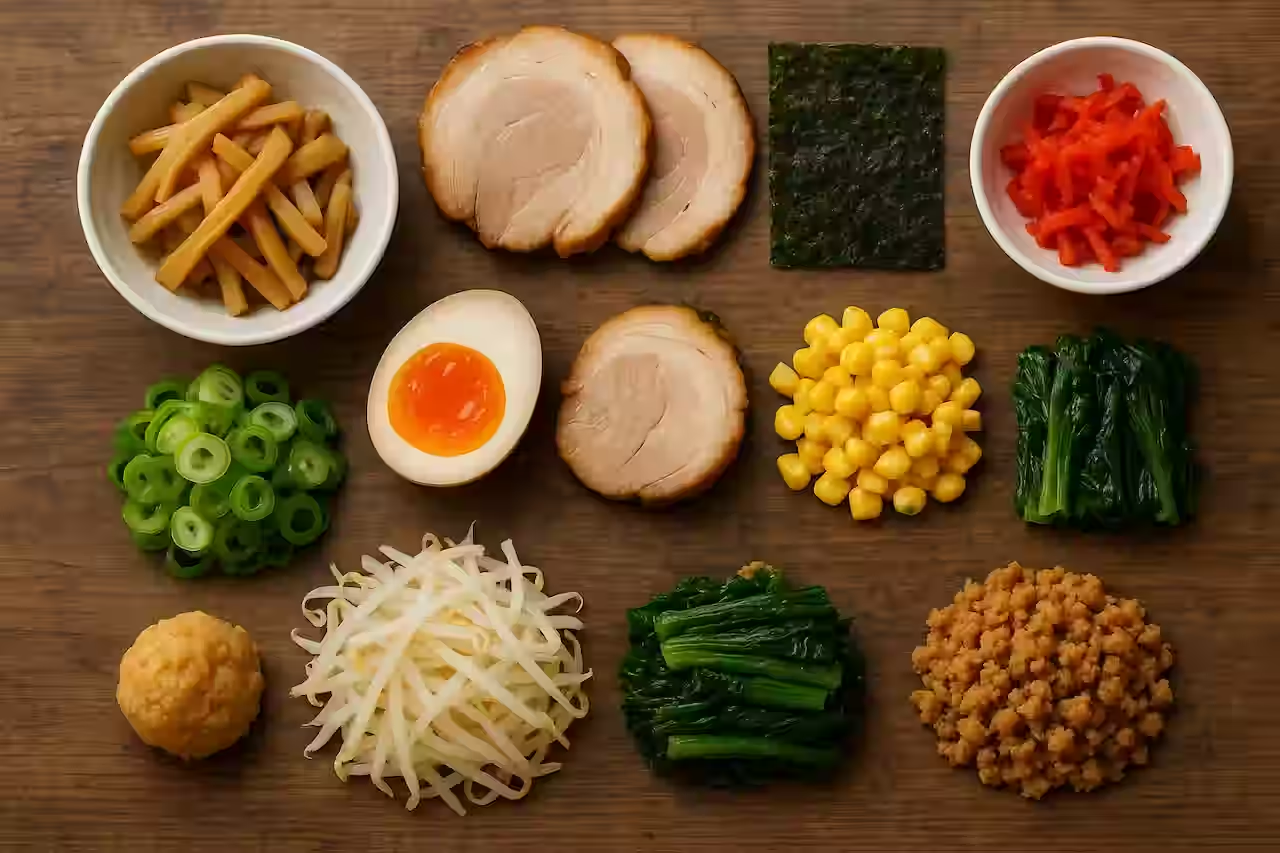
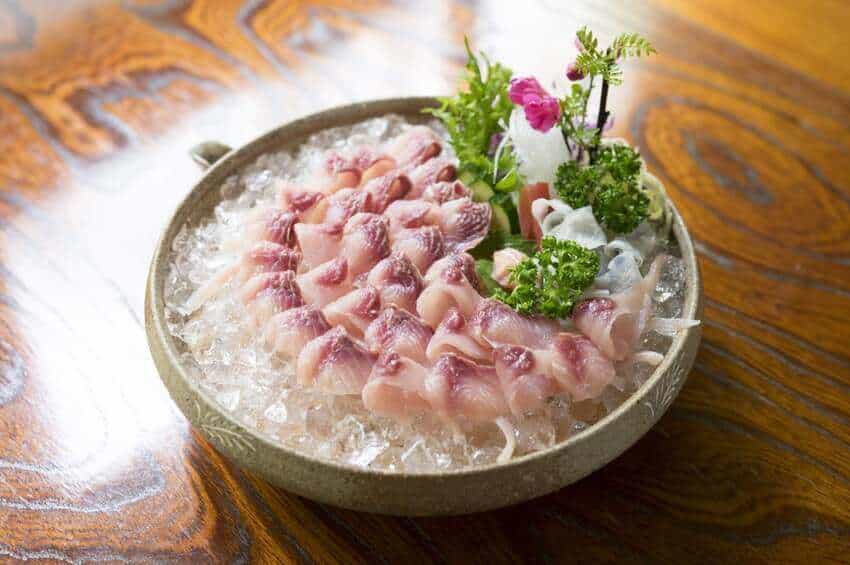
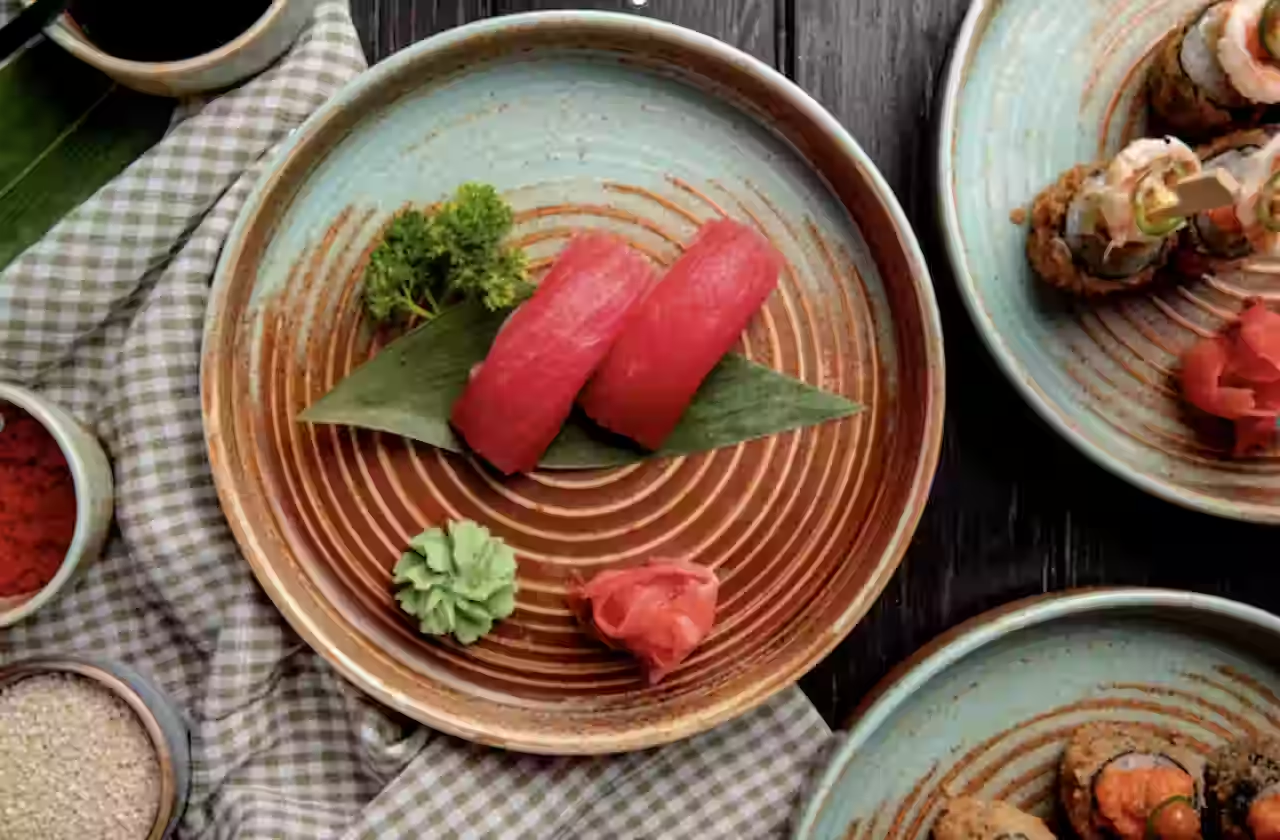
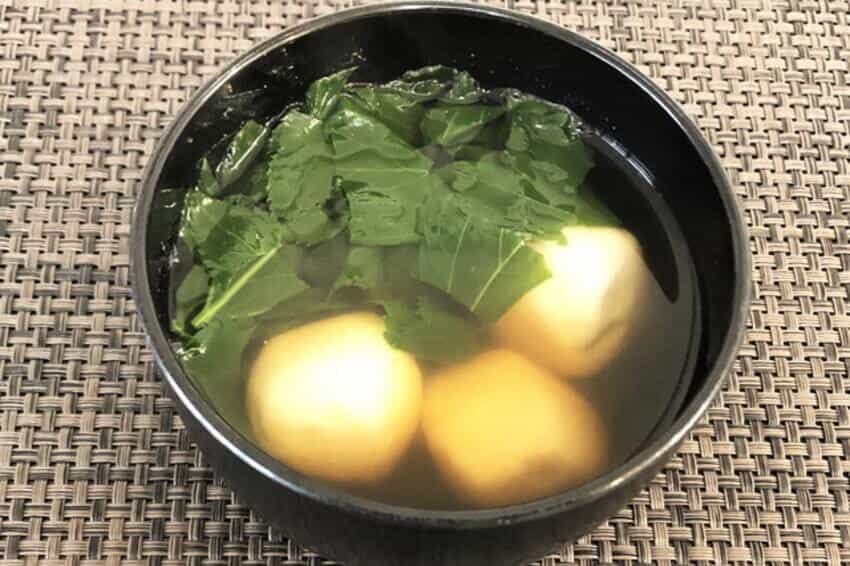
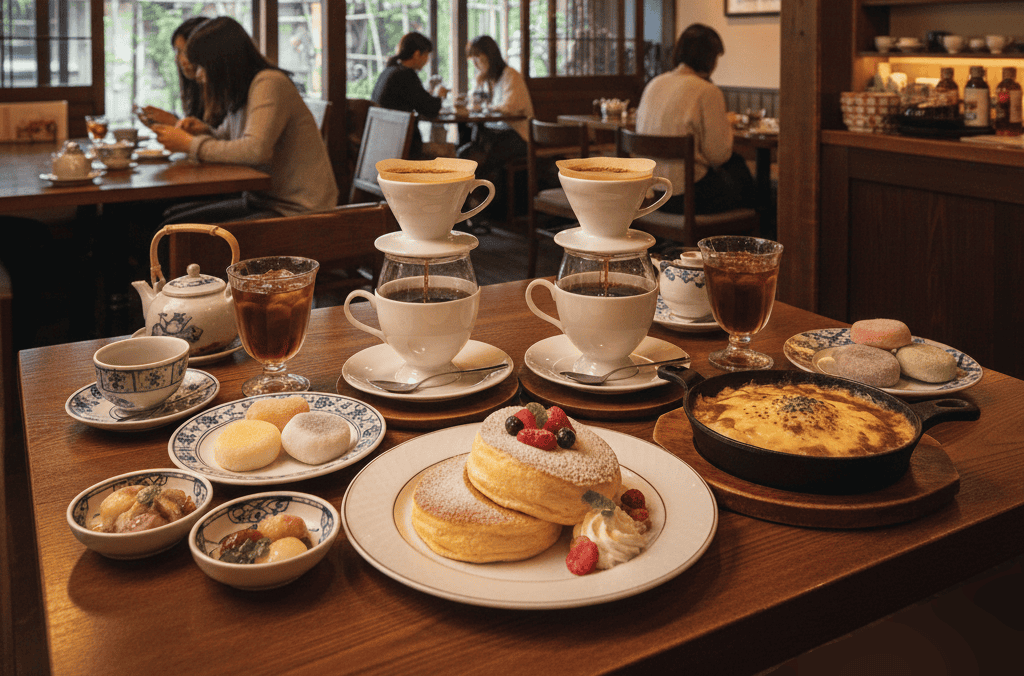

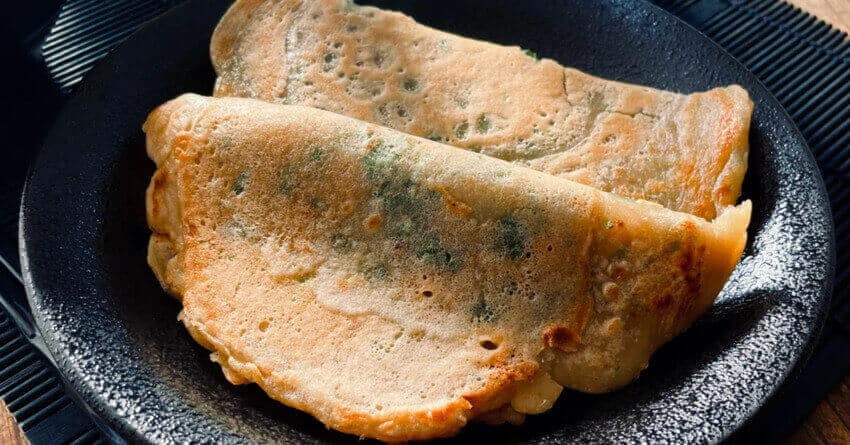
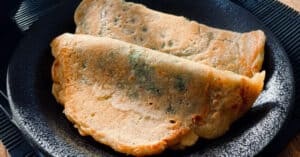
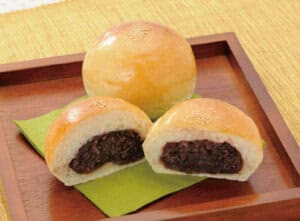
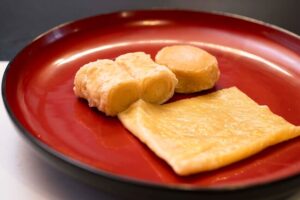
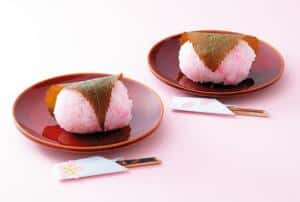

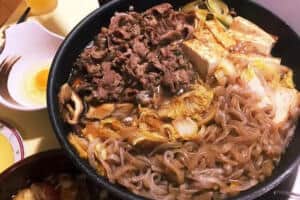
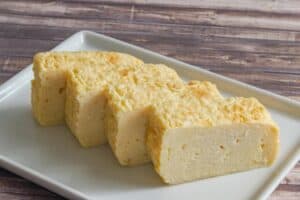
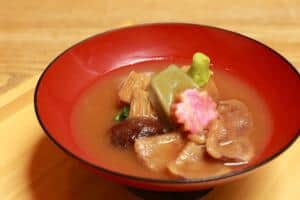

Comments